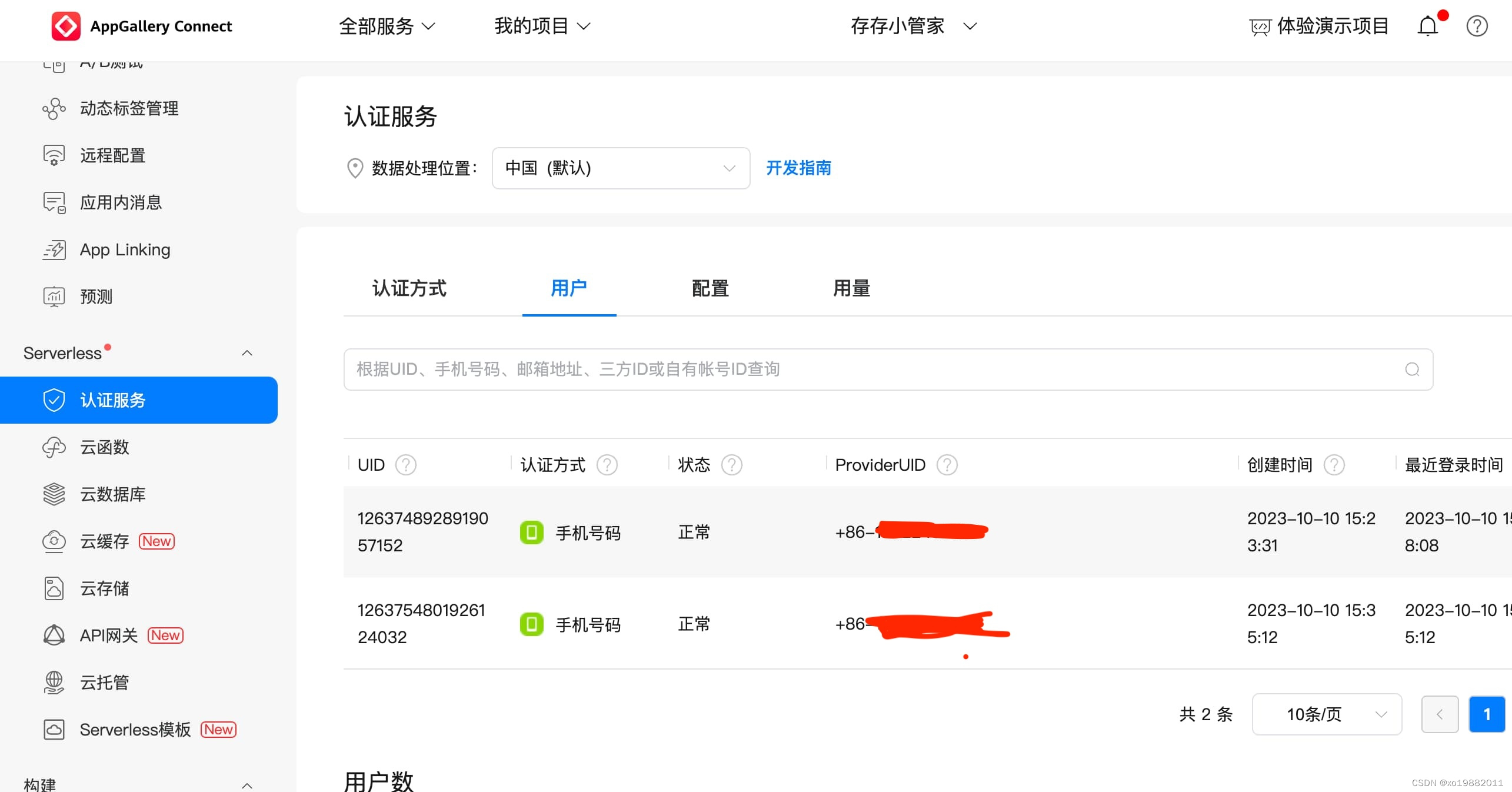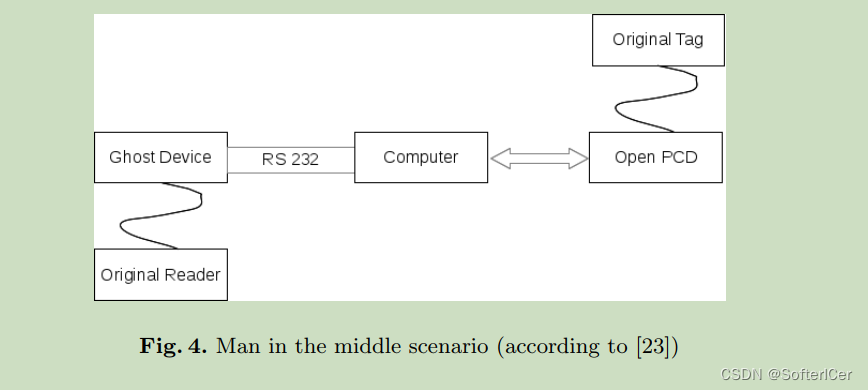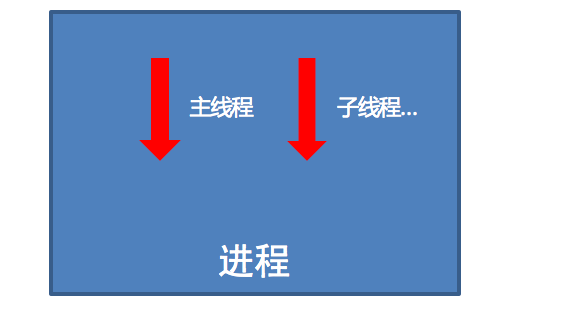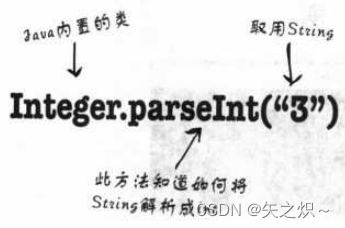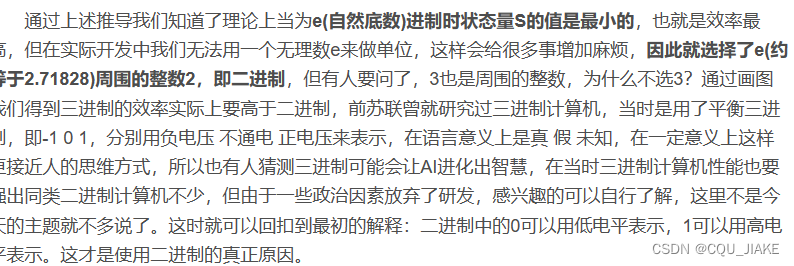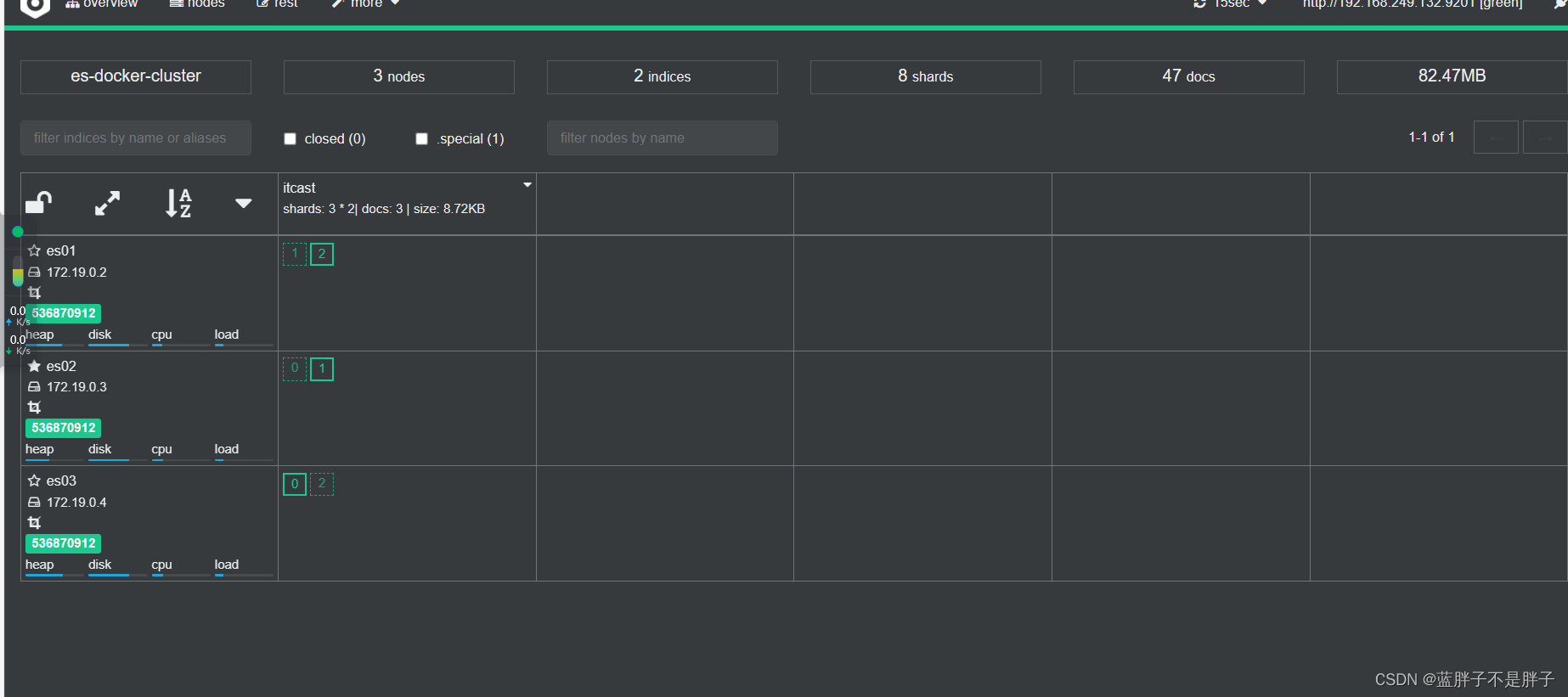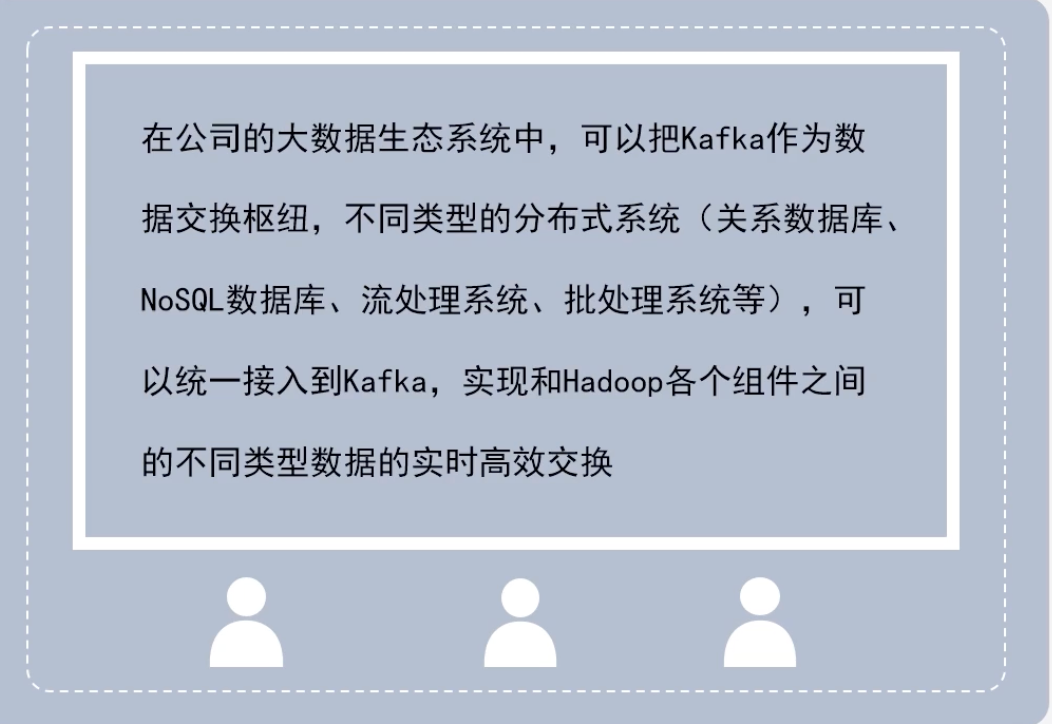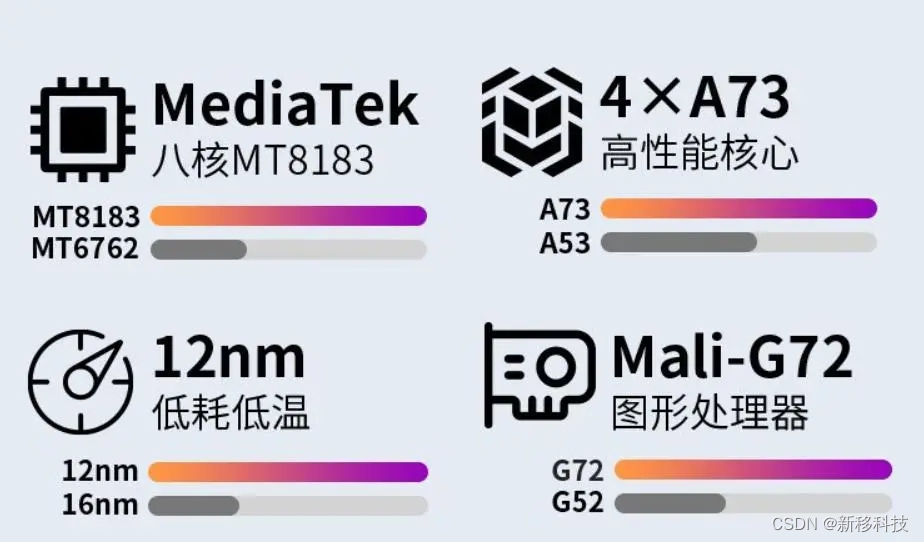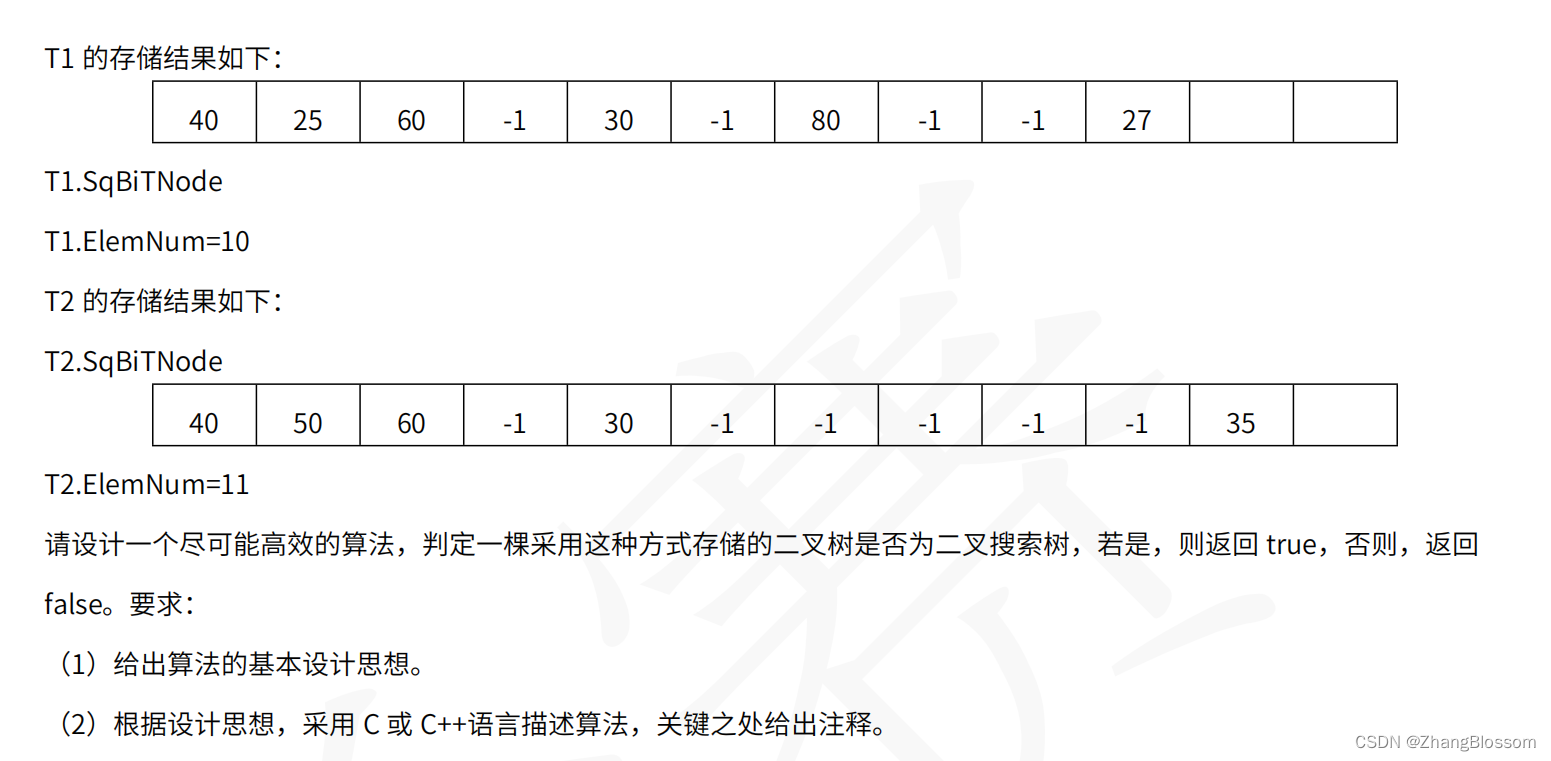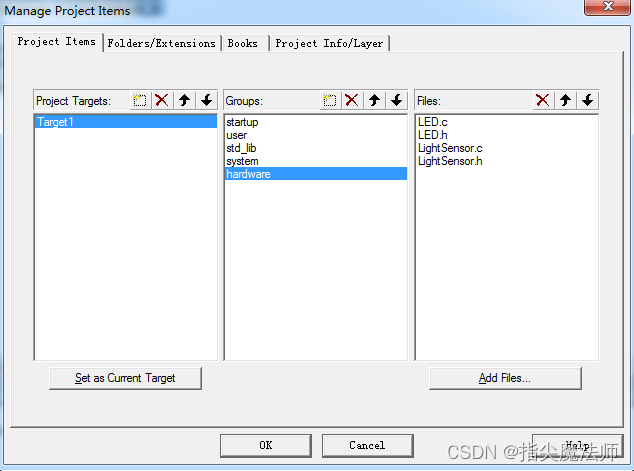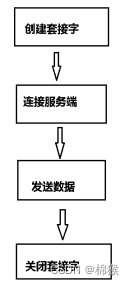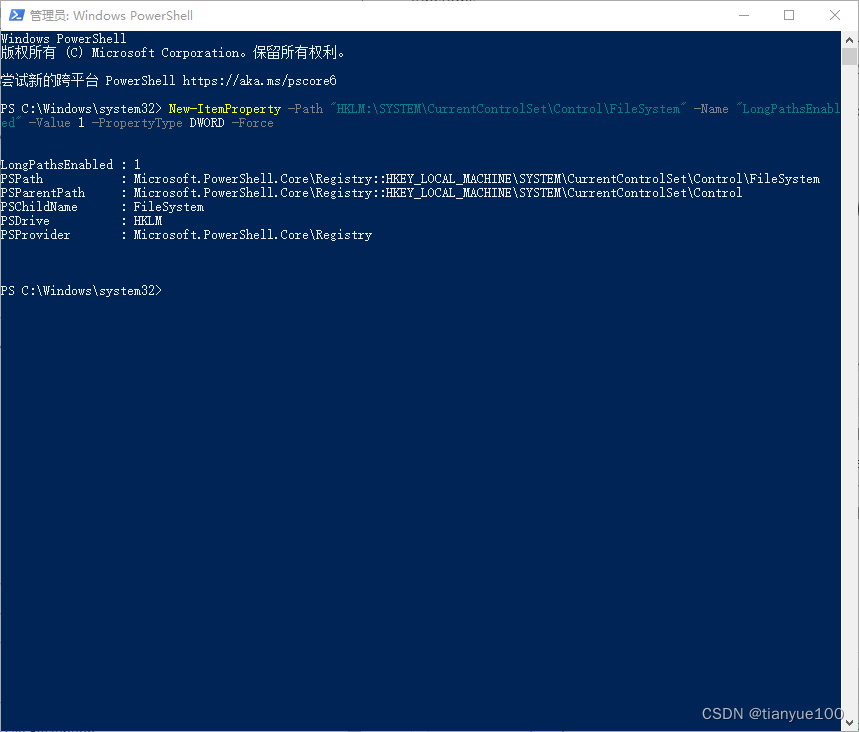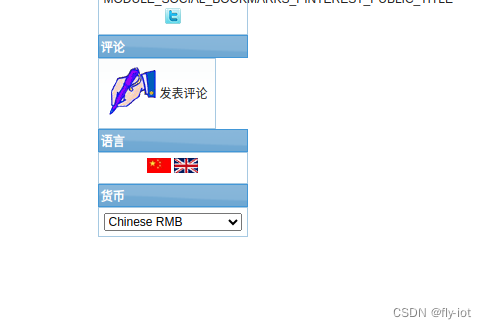鸿蒙API9手机号验证
做一个app用户认证,之前一直想着都是通过HMS Core里边来接入,但是里边的文档最高只支持到API7。
由于想直接用API9来接,毕竟感觉后续ts/java混合开发要被舍弃,尽量还是用新的来弄。看了一遍新的API9的文档,感觉比之前的完善了很多,不过就是相应的配套支持还少点。卡了好久,没事想先关注一下文档有没有更新。突然发现还有另外一个途径,在AppGallery Connect里边有个认证服务,目前API9支持手机跟邮箱两种方式,后续应该能更新华为账号方式登陆。据说现在微信也开始适配鸿蒙了,感觉再过一段时间可能就能接入微信登陆了。
文档地址
参考地址
下边按步骤接入一下,需要提前准备一个AppGallery Connect账号。
新建工程
随便创建一个,记录一下bundle ID,然后在通过 AppGallery Connect 创建一个应用,填写相同的bundle ID。或者反过来也行,只要保证两边的bundle ID一样就行了。
开通认证服务
进入AppGallery Connect开通认证服务
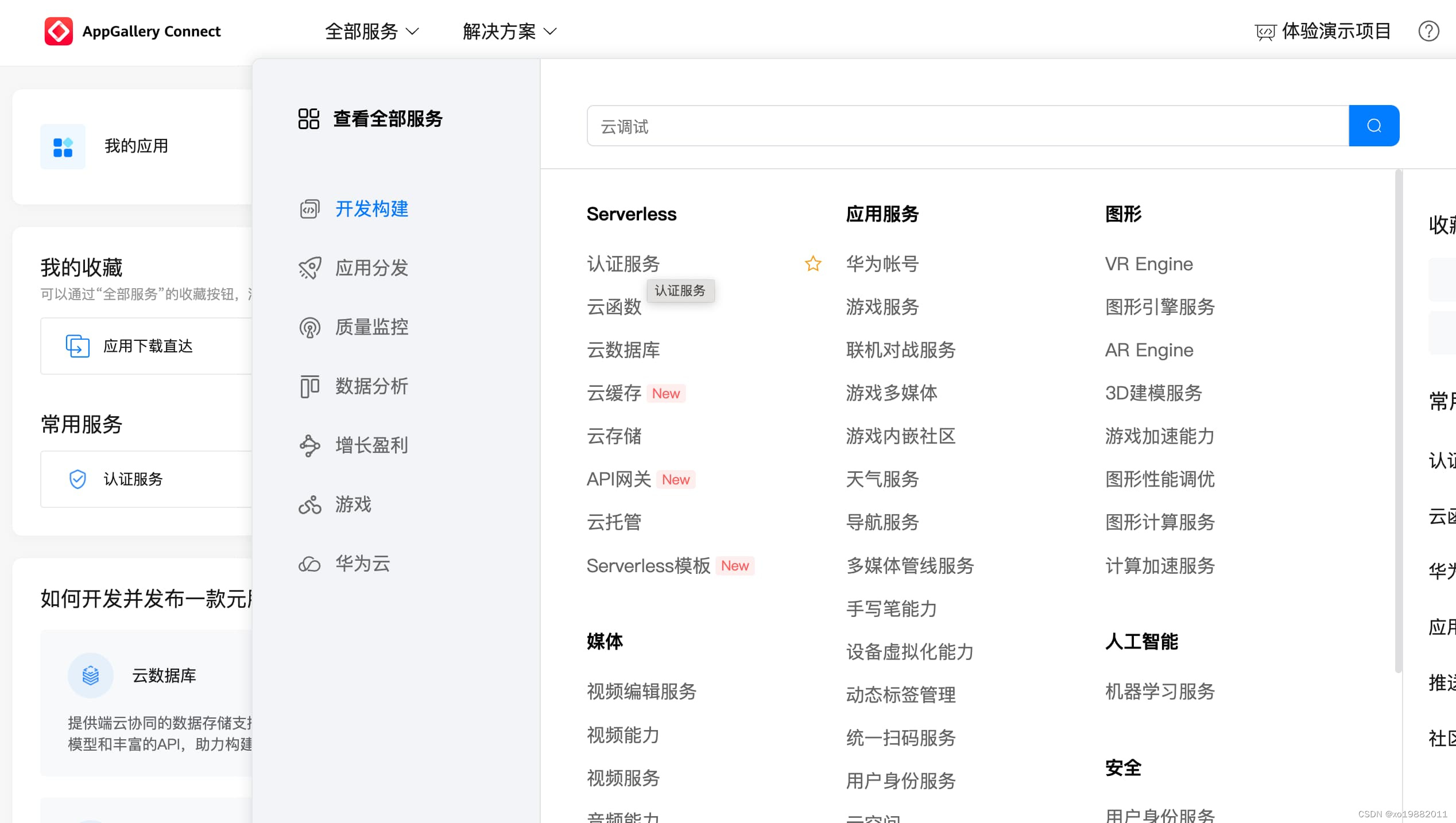
开通认证服务的手机号项目
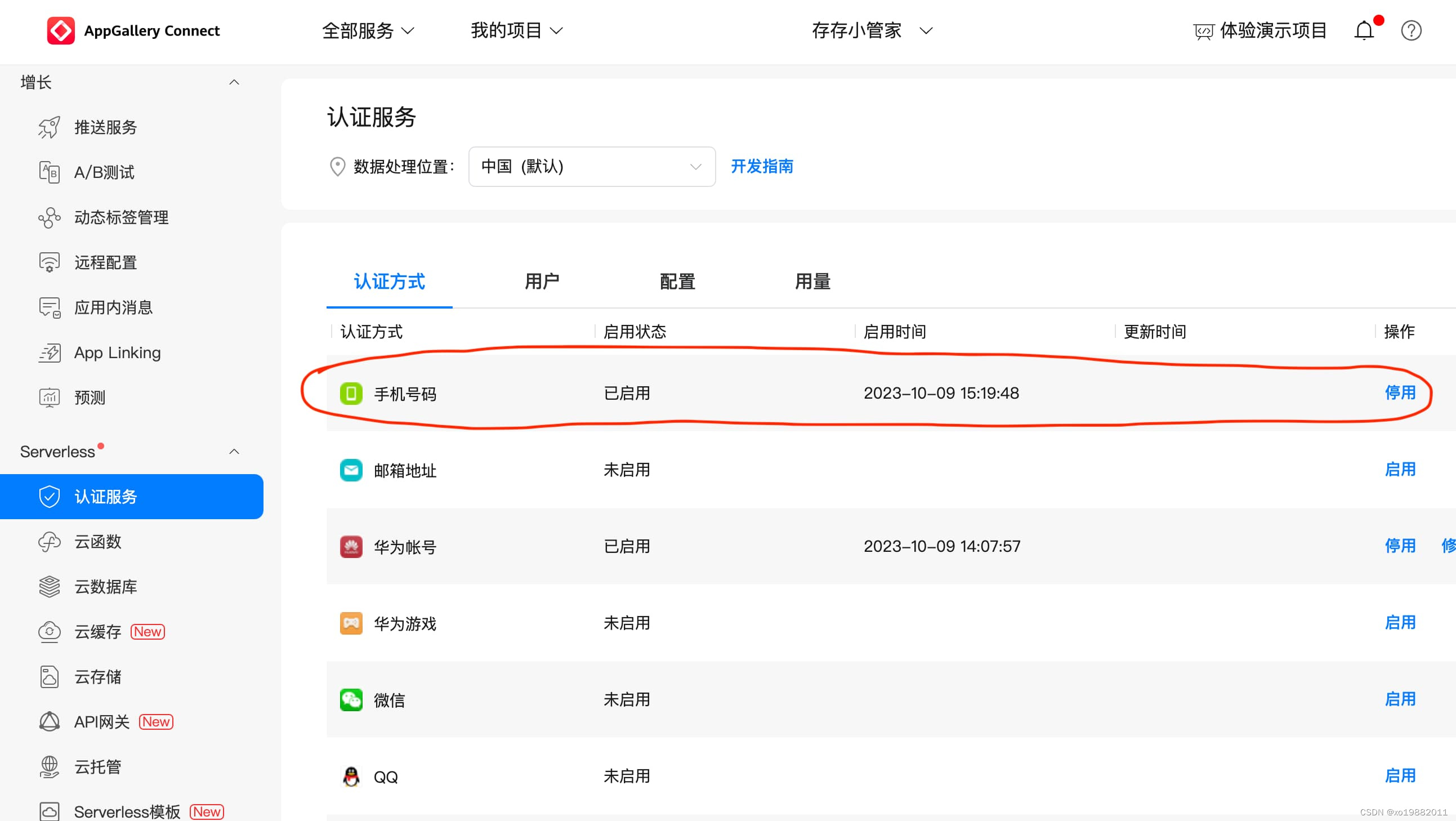
开局送了1000条短信每月,简直不要太爽,微信小程序的配额一共免费1000条,而且那个还不一定会发验证码,相比于这个就良心多了。
在认证的用量能看到短信的发送次数。
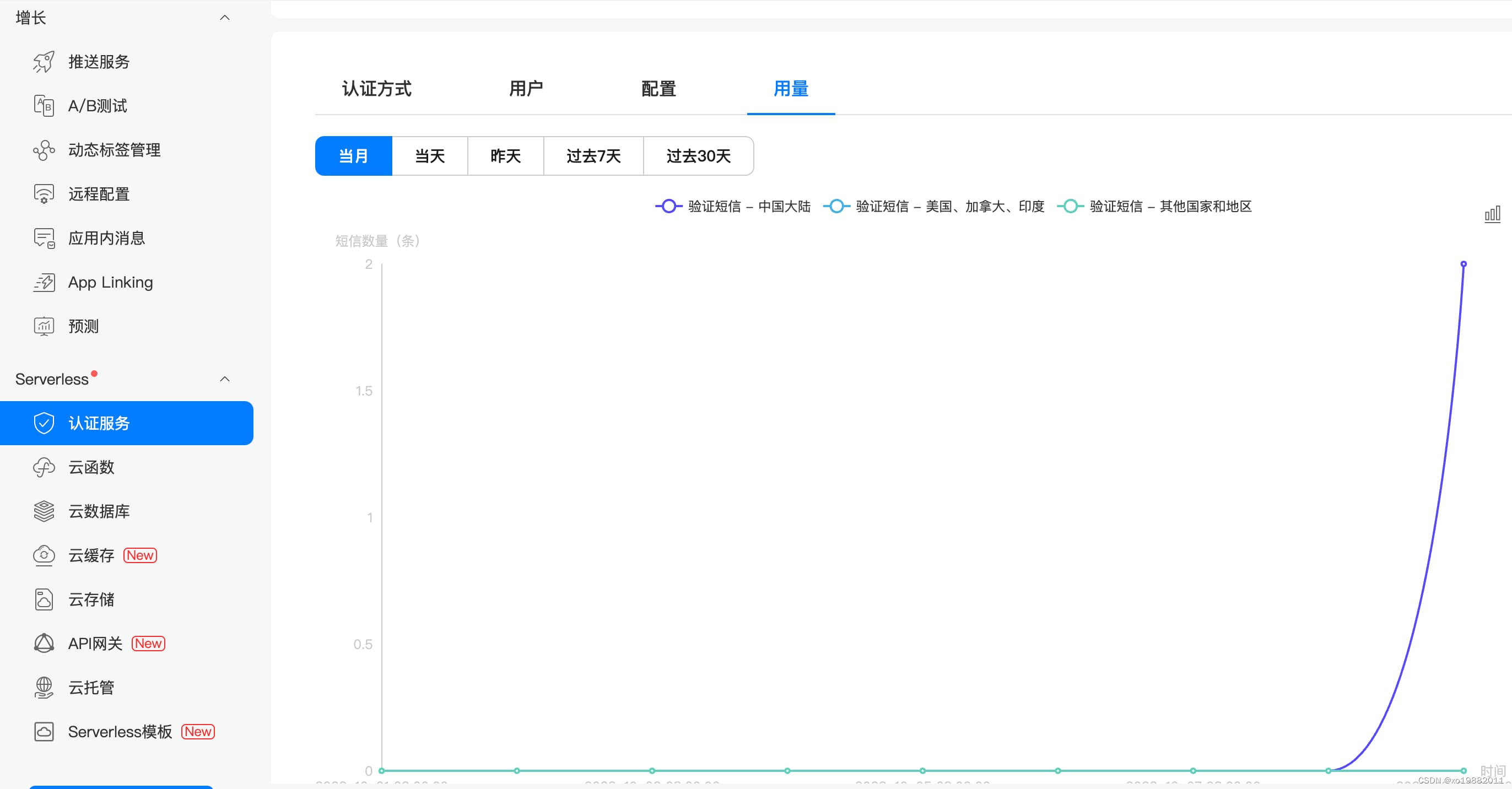
在项目设置的项目配额里边,改成查看认证服务能够看到短信的配额用多少了。
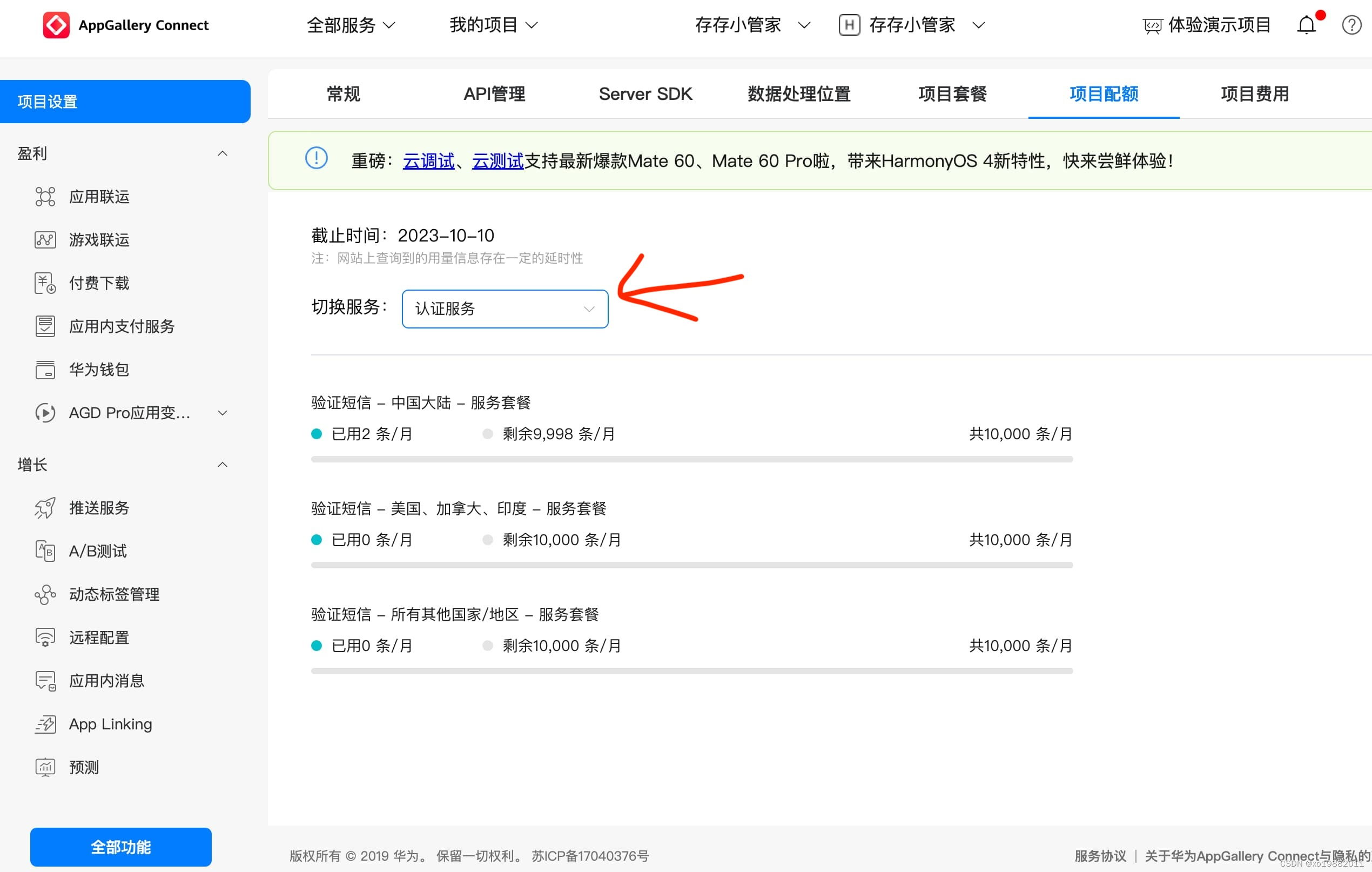
在认证服务的配置中还能设置短信模版内容
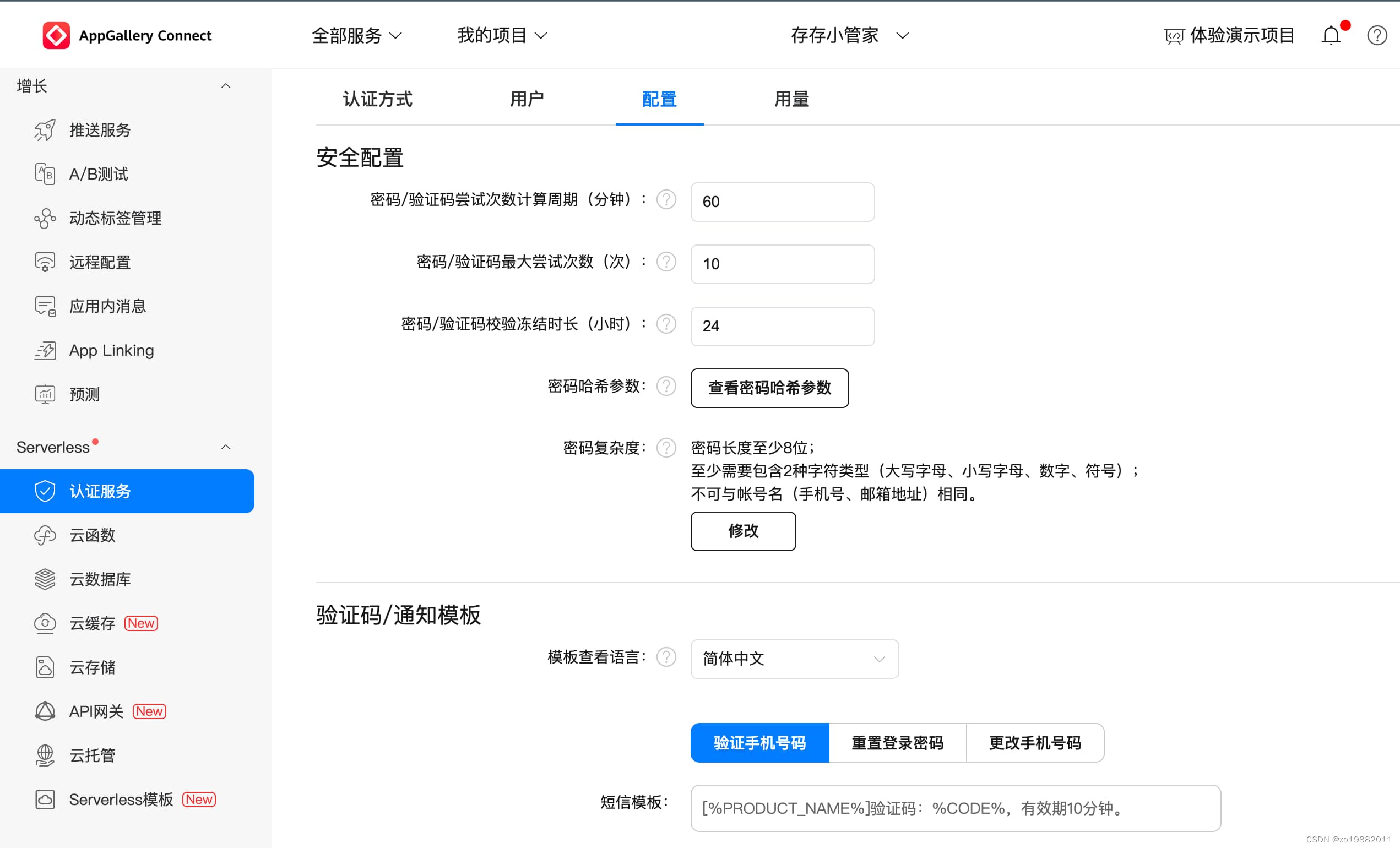
配置依赖
下载 agconnect-services.json,在AppGallery Connect项目配置->常规下边有这个文件的下载地方。
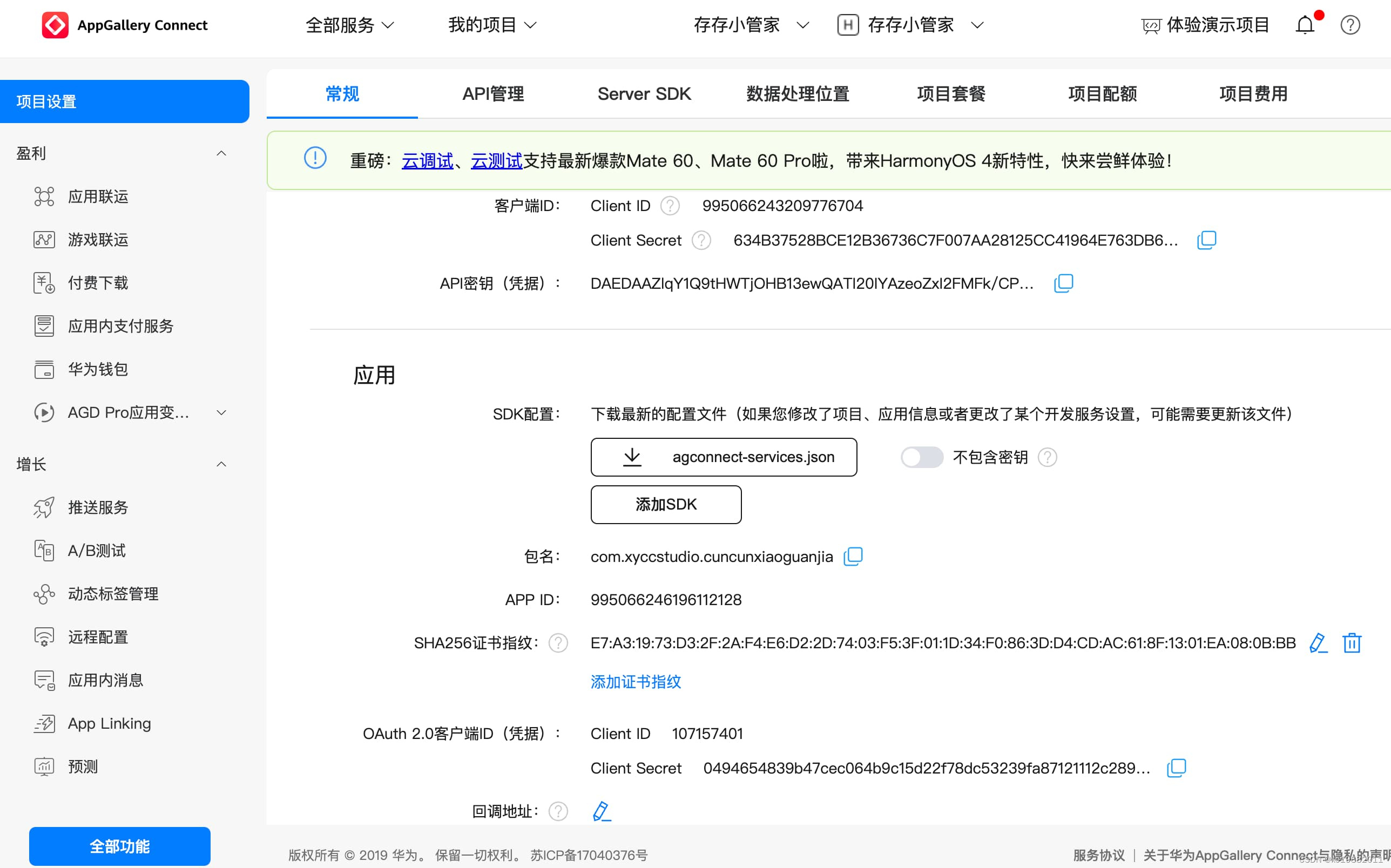
把其放到项目的这个位置上,resources/rawfile/文件夹下。
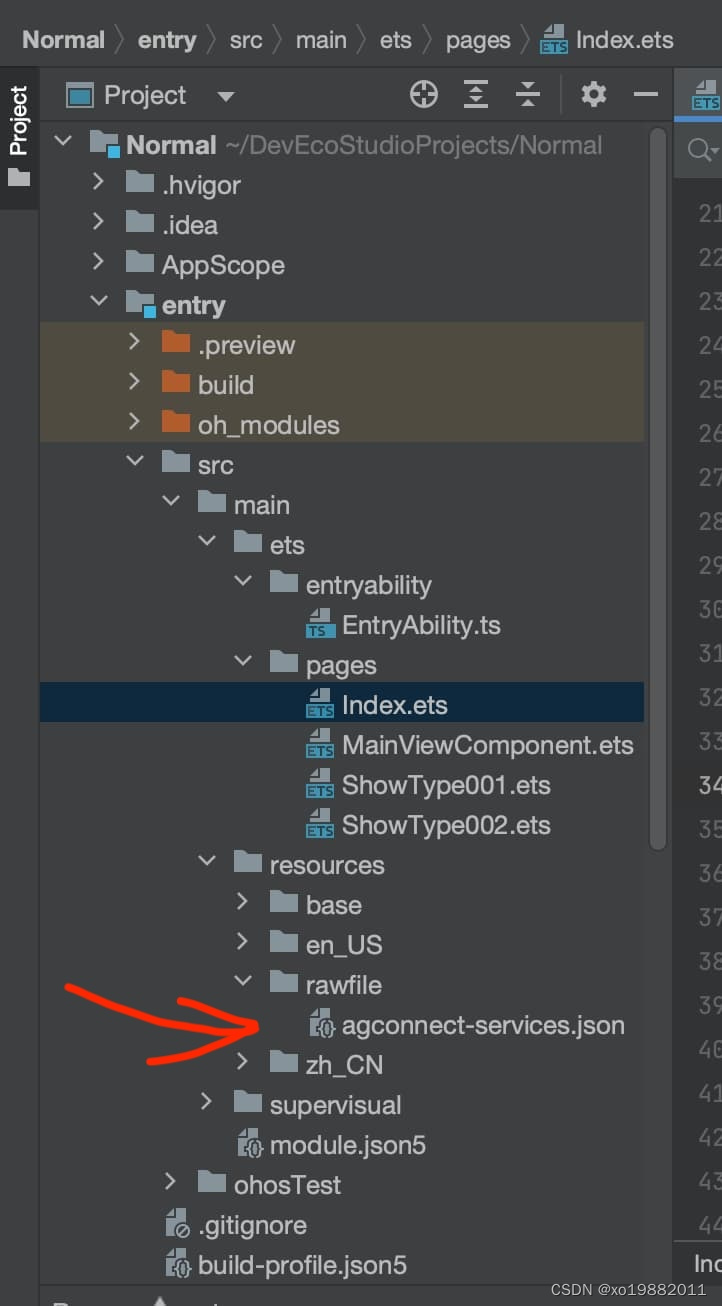
增加项目文件的依赖,项目文件路径 工程/entry/oh-package.json5
把如下内容添加到package.json5里边
{
"@hw-agconnect/auth-ohos": "^1.1.2",
"@hw-agconnect/api-ohos": "^1.1.2",
"@hw-agconnect/core-ohos": "^1.1.2"
}
修改后文件如下:
{
"license": "",
"devDependencies": {},
"author": "",
"name": "entry",
"description": "Please describe the basic information.",
"main": "",
"version": "1.0.0",
"dependencies": {
"@hw-agconnect/auth-ohos": "^1.1.2",
"@hw-agconnect/api-ohos": "^1.1.2",
"@hw-agconnect/core-ohos": "^1.1.2"
}
}
之后同步项目工程,等待安装依赖库。
在 entry/src/main/module.json5 文件里边增加网络权限。
"requestPermissions": [
{
"name": "ohos.permission.INTERNET",
}
]
写个大概的页面
根据功能需要,要有一个短信输入框、验证码输入框、发送验证码按钮、登陆按钮几个。
稍微画一下界面,效果如下:
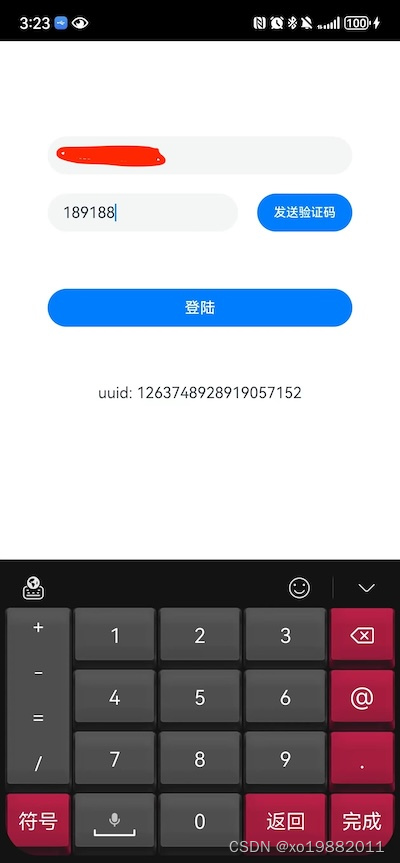
接入逻辑
引入模块
import agconnect from '@hw-agconnect/api-ohos';
import "@hw-agconnect/core-ohos";
import "@hw-agconnect/auth-ohos";
import { EmailAuthProvider, VerifyCodeAction, VerifyCodeSettingBuilder, PhoneUserBuilder,
PhoneAuthProvider, AGConnectAuth, AGConnectAuthCredentialProvider
} from "@hw-agconnect/auth-ohos"
初始化及查看是否有用户登录信息,如果之前短信验证码验证成功的话,一般来说第二次启动就能拿到上次的登录信息:
agconnect.instance().init(this.context.getApplicationContext());
agconnect.auth().getCurrentUser().then(user=>{
if(user){
//业务逻辑
console.log('xx get user success ' + JSON.stringify(user))
this.message = 'uuid: ' + user.getUid()
} else {
console.log('xx not login')
this.message = '暂无登陆信息'
}
}).catch(error=>{
console.log('xx get user failed'+JSON.stringify((error)))
})
把手机号跟验证码发到全局变量里边
@State message: string = '^_^'
@State phoneNumber: string = ''
@State verifyCode: string = ''
countryCode: string = '+86'
发送验证码及验证码登陆流程
private handleSendVerifyCode = () => {
let verifyCodeSettings = new VerifyCodeSettingBuilder()
.setAction(VerifyCodeAction.REGISTER_LOGIN)
.setLang('zh_CN')
.setSendInterval(60)
.build();
agconnect.auth().requestPhoneVerifyCode(this.countryCode,this.phoneNumber,verifyCodeSettings)
.then(verifyCodeResult => {
console.log('xx verify code success '+JSON.stringify(verifyCodeResult))
//验证码申请成功
this.message = '发送验证码成功'
}).catch(error => {
//验证码申请失败
console.log('xx verify code fail '+JSON.stringify(error))
});
}
private handleCheckVerifyCode = () => {
let credential = PhoneAuthProvider.credentialWithVerifyCode(this.countryCode,this.phoneNumber, this.verifyCode);
agconnect.auth().signIn(credential)
.then(user => {
//登录成功
console.log('xx user is '+JSON.stringify(user))
this.message = 'uuid: ' + user.getUser().getUid()
}).catch(error => {
//登录失败
console.log('xx login code fail '+JSON.stringify(error))
});
}
之后整体代码接入一下完成:
import common from '@ohos.app.ability.common'
import agconnect from '@hw-agconnect/api-ohos';
import "@hw-agconnect/core-ohos";
import "@hw-agconnect/auth-ohos";
import { EmailAuthProvider, VerifyCodeAction, VerifyCodeSettingBuilder, PhoneUserBuilder,
PhoneAuthProvider, AGConnectAuth, AGConnectAuthCredentialProvider
} from "@hw-agconnect/auth-ohos"
@Entry
@Component
struct Index {
@State message: string = '^_^'
@State phoneNumber: string = ''
@State verifyCode: string = ''
countryCode: string = '+86'
private context = getContext(this) as common.UIAbilityContext
onPageShow() {
agconnect.instance().init(this.context.getApplicationContext());
agconnect.auth().getCurrentUser().then(user=>{
if(user){
//业务逻辑
console.log('xx get user success ' + JSON.stringify(user))
this.message = 'uuid: ' + user.getUid()
} else {
console.log('xx not login')
this.message = '暂无登陆信息'
}
}).catch(error=>{
console.log('xx get user failed'+JSON.stringify((error)))
}) ;
}
private handleSendVerifyCode = () => {
let verifyCodeSettings = new VerifyCodeSettingBuilder()
.setAction(VerifyCodeAction.REGISTER_LOGIN)
.setLang('zh_CN')
.setSendInterval(60)
.build();
agconnect.auth().requestPhoneVerifyCode(this.countryCode,this.phoneNumber,verifyCodeSettings)
.then(verifyCodeResult => {
console.log('xx verify code success '+JSON.stringify(verifyCodeResult))
//验证码申请成功
this.message = '发送验证码成功'
}).catch(error => {
//验证码申请失败
console.log('xx verify code fail '+JSON.stringify(error))
});
}
private handleCheckVerifyCode = () => {
let credential = PhoneAuthProvider.credentialWithVerifyCode(this.countryCode,this.phoneNumber, this.verifyCode);
agconnect.auth().signIn(credential)
.then(user => {
//登录成功
console.log('xx user is '+JSON.stringify(user))
this.message = 'uuid: ' + user.getUser().getUid()
}).catch(error => {
//登录失败
console.log('xx login code fail '+JSON.stringify(error))
});
}
build() {
Column({space: 20}) {
TextInput({placeholder:"请输入手机号"})
.width(320)
.height(40)
.type(InputType.Number)
.onChange((v) => {
this.phoneNumber = v
})
Row({space: 20}) {
TextInput({placeholder:"请输入验证码"})
.width(200)
.height(40)
.type(InputType.Number)
.onChange((v) => {
this.verifyCode = v
})
Button("发送验证码")
.width(100)
.height(40)
.onClick(()=>{
if(this.phoneNumber.length == 11) {
this.handleSendVerifyCode()
} else {
AlertDialog.show({
message: '请输入正确的手机号',
confirm: {
value: '确定',
action: ()=>{}
}
})
}
})
}
Button("登陆")
.width(320)
.height(40)
.margin({top: 40})
.onClick(()=>{
if(this.verifyCode.length >= 4) {
this.handleCheckVerifyCode()
} else {
AlertDialog.show({
message: '请输入正确的验证码',
confirm: {
value: '确定',
action: ()=>{}
}
})
}
})
Text(this.message)
.margin({top: 40})
}
.alignItems(HorizontalAlign.Center)
.padding({top: 100})
.width('100%')
}
}
最后最后还有个比较好的功能就是谁发过短信注册过用户在AppGallery Connect都能够查看到。
